10 Pet Safe Plants for the Plant Lover’s Home
Did you know?
Plants are the 8th most reported pet toxins when sick pets are taken to the veterinarian. This happens when gardeners don’t do their research into pet-safe plants. No one wants the stress, or accompanying vet bill, of a sick fur baby. The good news? You don’t have to pick between your furry friends and your green thumb because there are non-toxic plants available that are considered safe plants for pets.
Studies show many benefits from having plants in home or office environments. In addition to providing some beauty and serenity, many plants are reported to increase work productivity, concentration, and focus. Together pets and plants reduce stress and promote positivity by providing creativity and comfort. Whether you're a beginner or a seasoned gardener, a refresher is always welcome. Here are some safe plants for pets.
Spider Plants
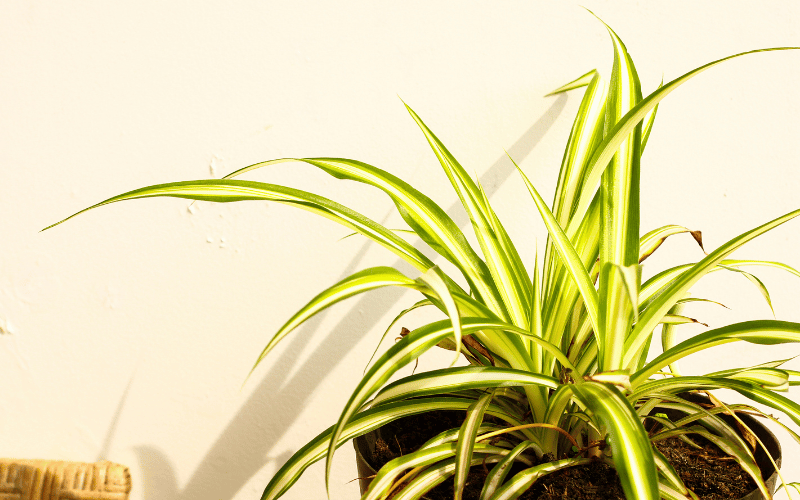
The name sounds a bit terrifying, but there are no arachnids included in a Spider Plant. You simply need well-drained soil, bright, indirect light, and some water – but not to the point of making them soggy. In addition to enjoying cooler temperatures, just like your dog, this pet-safe plant acts as an air purifier, that also absorbs ozone.
Succulents
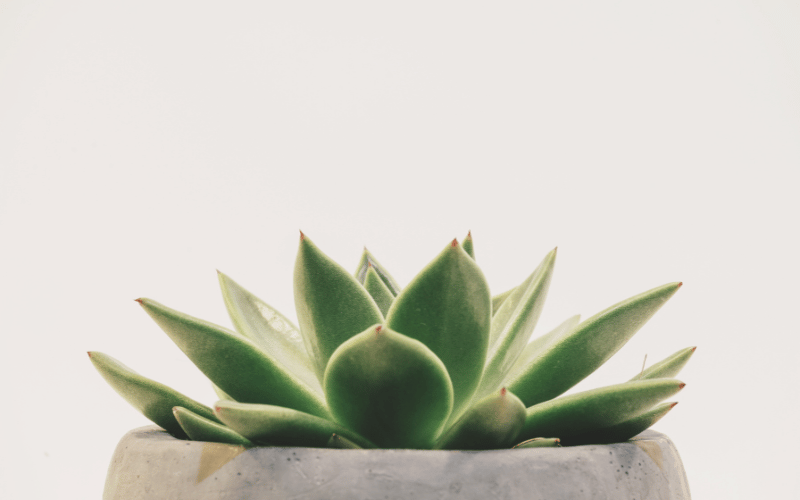
Succulents are great plants, especially for a dry home or office setting. They produce oxygen, when grown indoors, improving your air quality. Haworthia, or Echeveria are two examples that help clear the air of potentially dangerous chemicals – while also increasing humidity, benefitting your skin, or helping to prevent a dry cough – that are also non-toxic plants if you have pets.
Venus Flytraps

If you’re looking for a unique and unusual-looking non-toxic plant, look no further than a Venus Flytrap (Dionaea muscipula). The best part? It eats flies, in case your lazy cat has given up on that ongoing task. If you don’t live somewhere with a lot of flies, you’ll have to feed this carnivorous plant live flies, gnats, or mosquitos, usually with tweezers. Venus Fly Traps need 12 hours of bright light during growing season and can be sun right next to your pet – who always finds that one sliver of light in your home.
Fresh Herbs
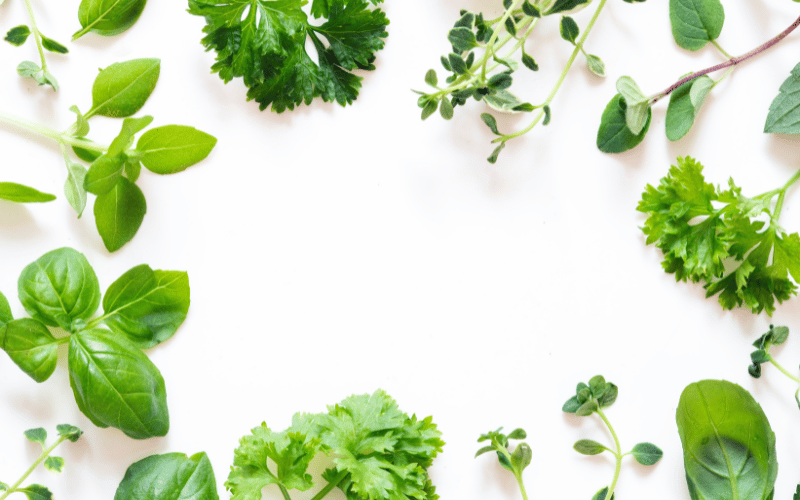
There’s nothing more delicious than herbs like basil, rosemary, and thyme, especially when you get the satisfaction of growing them yourself. They have both culinary and reported natural health benefits and are considered pet-safe plants, which is good, since your cat or dog may decide to munch on them if given the chance. But be careful – as spring parsley can cause a type of toxicity which can cause your pet to become ill or have seizures due to elevated oxygen levels.
Christmas Cactus

Christmas Cacti are a lovely safe plant for dogs because they produce beautiful flowers, have a long bloom time and are relatively low maintenance in terms of care. However, it’s not like a regular cactus, which is nearly impossible to kill, even in the most humid environments. Instead, they fall into the succulent family and should be kept in bright, but indirect lighting conditions, where it is humid. You only need to water it every 2-3 weeks. Though classified as a non-toxic plant, it is possible that your pet may become ill with nausea or vomiting if too much of the plant is ingested.
Sunflowers

Big, bright, and beautiful, sunflowers can really brighten up your room or garden. If you’re planting outdoors, they do best in hardiness zones two to eleven. They require minimal water, but a lot of sun and warmth to thrive. If planted indoors, sunflowers are safe plants for dogs, and if planted outdoors, they bring around birds, providing your feline endless entertainment.
Snapdragons
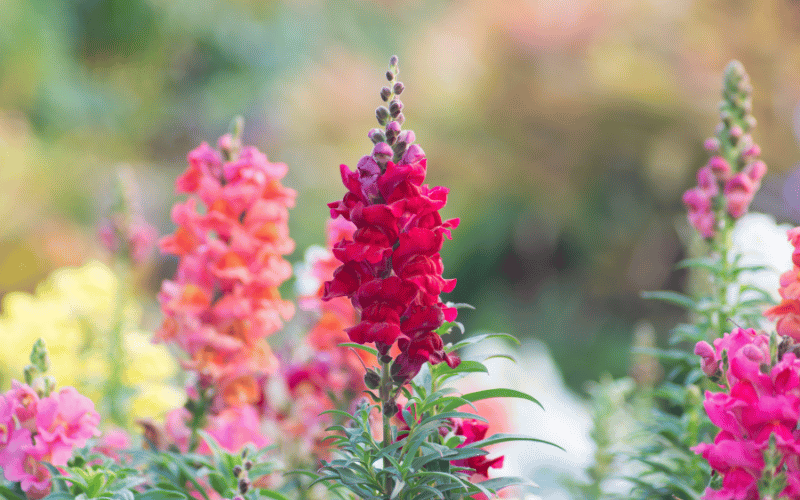
Snapdragons are a popular, but often short-lived perennial that typically gets grown in most gardens as an annual. They get their name from the snape of their flowerhead, which can look like a dragon snout (which makes sense since Antirrhinum majus translates to “like a snout”). Many start these popular plants indoors before they move them outdoors as they are slow-growing. The good news about this is that they pose no harm to cats and dogs and are considered pet-safe plants. Once you get them outside, they provide a food source for bumble bees.
Orchids

On the plant symbolism side, Orchids represent admiration and love – be that for a friend, family member, mentor, or yourself. Orchids need lots of light but not direct late afternoon sunlight. They require good airflow around their roots, high humidity and a watering schedule that allows them to go through periods of drying and excessive moisture. They are considered non-toxic plants and are pet-safe. Orchids are delicate yet vibrant and help lighten up a space.
Petunias

Petunias are a bright and beautiful, lovely, and fragrant annual that can be grown in a container or in your garden. They can tolerate a lot of heat and watering varies from every few days in your garden to daily watering in some planters. They need a minimum of 5-6 hours of sun per day but can handle more, provided they have good soil draining. Not only are they a lovely flower to make your garden POP, but they are also listed under ASPCA's non-toxic plants for pets
Cat Grass (not Cat Nip)

Typically, Cat Grass, not to be confused with cat nip, which is in the mint family, is a grass mixture that is grown from seeds, such as wheat, barley, oats, or rye. Contrary to popular belief, felines don’t just head for grass when they are feeling unwell and can help their digestive system year-round. Makes a great plant to lure your cat to, to avoid them munching on something that is not a pet-safe plant. It might not be your primary non-toxic plant in your garden, but it’s a nice addition, that benefits your cat or dog.
Bonus: Ferns!

Bonus: Ferns are easy to grow, but drafts, certain temperatures, or dry air can all have a negative impact on this pet-safe plant. Think of ferns as the Princesses of the Plant Kingdom – they love moisture and humidity, the right compost or soil, and just the right amount of sunlight (too much direct light might make them lose their leaves). If you’re a fan of plants and comedy, watch Between Two Ferns on YouTube, where “Zach Galifianakis comically interviews various celebrities between two ferns.” When your pet is involved, just make sure it’s a Boston Fern, Bird’s Nest Fern, or a Staghorn Fern.
Other plants you can consider that are non-toxic plants are Ponytail Palms, African Violets, Gloxinia, Swedish Ivy, Chinese Money Plant, Purple Waffle Plant, Magnolia Bush, Camellia, Rattlesnake Plant and Bamboo.
Avoid these as they are not safe plants for pets: Poinsettias, Lilies, Cannabis (Sativa Strains), Tulips, Rhododendron and Philodendrons, Oleander, Chrysanthemum, Amaryllis, English Ivy and Autumn Crocus as these can cause anything from a bad stomach-ache to seizures, or even death in your fur baby.
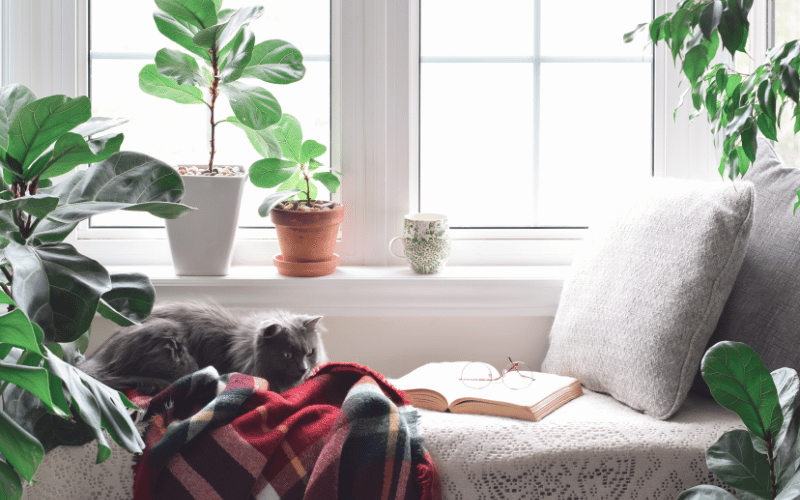
Whether you’re looking for safe plants for cats or safe plants for dogs, you have a lot of options for your indoor garden.
Marketplace Events produces some of the longest-running home & garden shows across North America, including the infamous Northwest Flower & Garden Festival in Seattle. Looking to see what non-toxic plant options are available for your indoor or outdoor garden? Check out a nearby show and talk to an expert.
